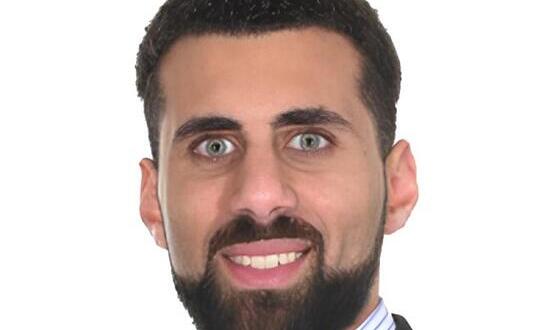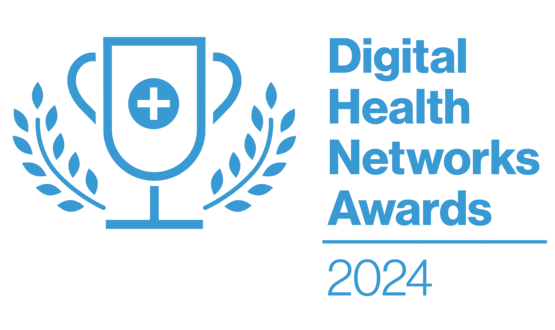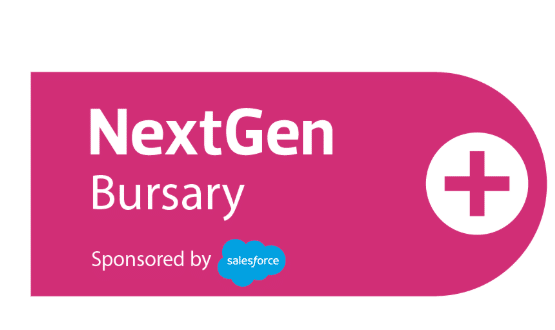Joe’s view: The Internet of Things
- 21 December 2015
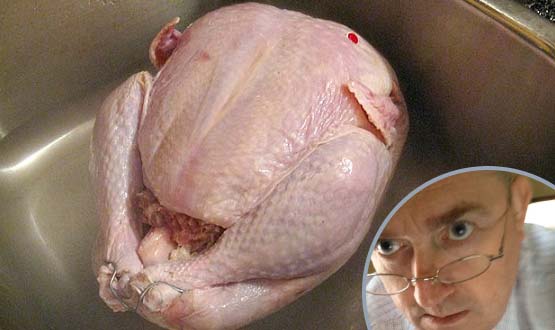
Kneeling on the back step of our new home, sweating in the freezing night air, and with a rusty saw in my hand, I adjusted my head torch to get a better view of the problem.
My breath crystallises in the beam. Steam rises from my forearms because the effort involved. “You and your bright ideas,” Fiona scolded.
She was 36 weeks pregnant, it was Christmas Eve, and she wasn’t in the best of moods. This would be our first Christmas in our new, two bedrooom semi in Newcastle.
We hadn’t really done Christmas before, but how hard could it be? Before I was a doctor, I worked as a warehouseman in Marks & Spencer, where I survived several Christmases. Therefore, I considered myself well versed in the dark arts of Christmas retailing.
I knew that the supermarkets always overstock with seasonal items like turkeys and that the excess stock would be sold off at knock down prices late in the afternoon on Christmas Eve.“Practically giving them away,” I told Fiona.
We’d just bought our first home, and we were broke. So earlier that afternoon I strode confidently into Marksies to collect my bargain bird. Sold out. Tesco? Sold out. Asda?. Sold out. Iceland? Sold out except for a 38 pound frozen monster of a bird. Time to defrost? Two days.
No problem, I thought, the new fangled microwave we’d received as wedding present could save Christmas. Science to the rescue.
Unfortunately, when I got the bird home it became clear that it would be easier to put the microwave in the turkey than the other way round.
Rummaging in the garden shed, I found a hand-saw left behind by the previous owner (I was young, I had not yet acquired tools).
Unfortunately, sawing a frozen turkey is like trying to saw a greased bowling ball. I was fortunate not to lose a hand. Eventually, by jamming it against the back step with my boot, I sawed the bird in half. Still too big for the microwave.
The following day, when we served up the quarter turkey with all the trimmings, I did my best to present it well. “Ta Da!” I said, setting down the disconcertingly weird chunk with a flourish.
My mother said: “Bought a frozen turkey on Christmas Eve did you, pet? Your Dad did that once, now I always order one weeks in advance. Peace of mind.”
Back to the kettle…
Regular readers will recall the saga of my attempt to get some peace of mind about my mother’s wellbeing via the medium of her kettle.
Mum is 85 now and has had a couple of falls. She is an internet refusenik because of all the scare stories in the media about old people being scammed out of their life savings on the internet. To quote my mother: “If I don’t have the internet I can’t be internet scammed.”
Some readers will recall my early attempts to monitor her daily activity by taping an iPhone to the side of the kettle. And, more recently, my attempts to use a motion sensor app and an old smartphone to get regular text messages whenever she makes a cup of tea.
However, this Christmas, following a tip-off from a member of the CCIO Network, I finally solved the problem; and more elegantly than I might have hoped for.
What’s more, it offers an example of how the NHS might transform into a citizen-centric and, to some extent, citizen-delivered service through the Internet of Things.
Plug in a bright idea
Because somebody has finally designed the gadget I was looking for and, importantly, the smartphone application the gadget requires.
The gadget? The 3rings plug
. This simple little device is plugged into the socket near my mother’s kettle and the plug from the kettle is plugged into the gadget. Then, it’s activated whenever the kettle is boiled.
The 3rings plug contains a SIM card which is connected via 3G so that it can send those messages every time the kettle is used. Okay. This is where it gets interesting; and better than my home-made motion sensor fix.
The gadget comes with an application for a smartphone (iOS and Android). By opening an account with the 3rings plug company, I am able to set conditions around the messages received from the kettle.
So, for example, I have set a condition that means the alarm will be raised if the kettle has not been used before 10am.
I can login to the application at any time and see how many times the kettle has been used. But I can also automate the process of raising alarms. I can graph activity over time.
Other members of my family can also sign up to receive alarms. So my three children and my wife signed up with their phone number and email address.
This means that if Nanna doesn’t have a cup of tea before 10 o’clock all the members of our “circle of trust” receive a text message and an email alerting us to a potential problem.
By pressing a button in the smartphone application, one of us can undertake to investigate the problem. In doing so, the rest of the “circle of trust” are alerted to the fact that someone is dealing with the matter – so we don’t all bombard my mother with phone calls at the same time.
Once I’ve established that my mother is just having a lie-in or has, in fact, gone out with friends, I press another button on the application. That alerts the rest of the family that all is well.
The beauty of the 3rings plug is that it can be used anywhere and that a variety of conditions can be set. For example, over the Christmas period I may well put it on my mother’s Christmas tree and set the conditions around it being switched on in the morning and switched off at night.
Alarms – who responds?
The idea for the 3rings plug was initially broadcast on ‘Dragon’s Den’ and the Dragons failed to invest because they were worried about what would happen if nobody responded to the alarm.
I think this is where the whole Internet of Things gets interesting. There is nothing to prevent us from including my mother’s district nurse in the “circle of trust” – but should there be a wider service that allows the NHS to be included?
What about an army of retired volunteers from local communities alerted by the Internet of Things to the fact that a vulnerable person may be in difficulty?
What if the app could pinpoint the nearest helper, Uber-style? What if the NHS could pay a small fee to the first responder? Imagine; digitally enhanced citizens delivering care to digitally empowered patients.
Meantime, if you want peace of mind about an elderly relative this Christmas, what will it cost you? The plug costs £79. On top of this, you must pay a small subscription for the SIM card and the service received from the app (around £10 a month).
Other options I have looked at for the remote monitoring of my mother’s health and welfare have come in at a price multiple of these numbers.
If the Internet of Things has a part to play in caring for the elderly, the price point is crucial – because it must be affordable for ordinary families.
That way, they can begin to look after themselves, instead of having to depend on an overstretched NHS (or an even more overstretched council). The elegance of the social element of the 3rings plug is that it allows the family and the NHS to coproduce care for the patient.
I wish you peace of mind this Christmas and a happy New Year.

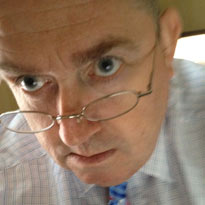 |
Joe McDonaldJoe McDonald is a practising NHS consultant psychiatrist. Over the past five years he has been an NHS trust medical director and national clinical lead for IT at NHS Connecting for Health – a stint that included 18 months as medical director of the Lorenzo delivery team! His experiences in the National Programme for IT in the NHS have left him with a passion for usability and "end user knowledge networks.” He is the founding chairman of the National Mental Health Informatics Network. Motto: we don't get fooled again. Follow him on twitter @CompareSoftware |
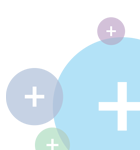 |


